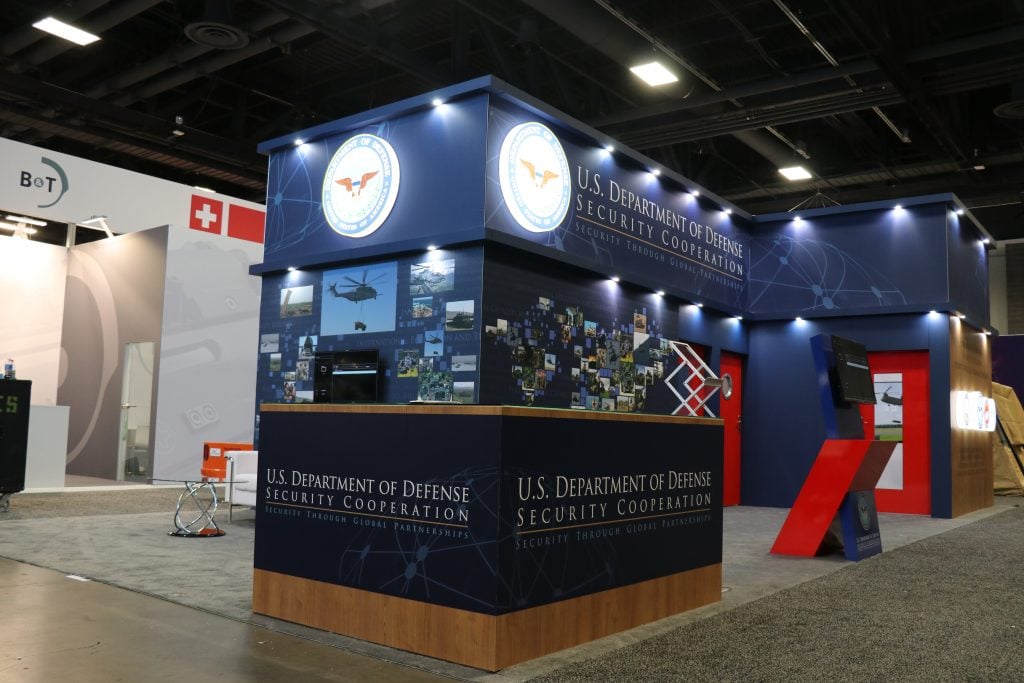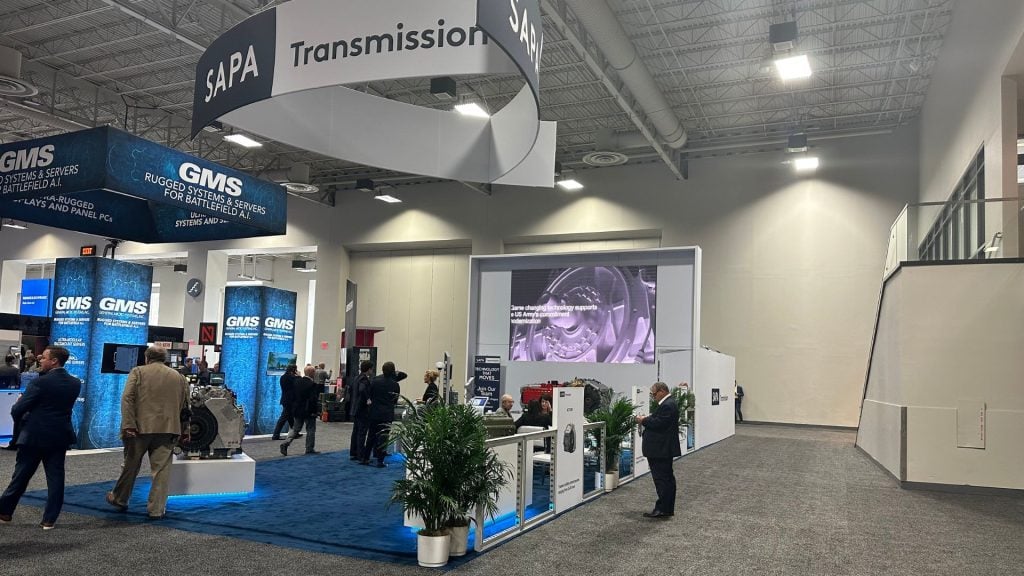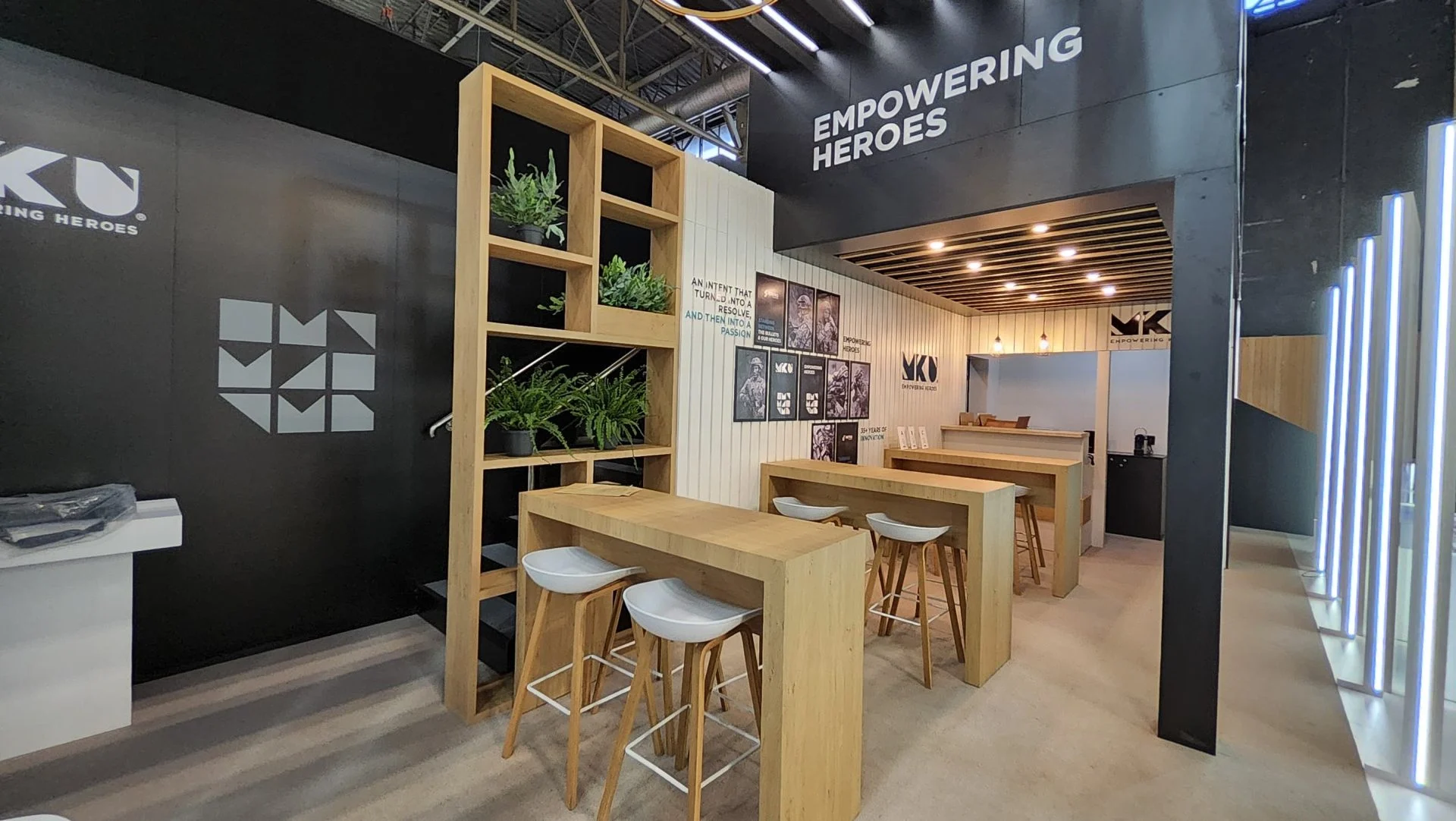
Introduction
Trade shows are bustling, high-stakes environments where brands compete for attention in a sea of exhibits. In this dynamic arena, traditional methods often fail to leave a lasting impression. Gamification, a modern engagement strategy, is transforming how businesses captivate their audience at trade shows. This approach doesn’t just entertain; it educates, engages, and converts casual visitors into loyal customers.
Let’s delve deeper into how gamification can revolutionize your trade show strategy, its benefits, implementation tips, and real-world examples.
What is Gamification in a Trade Show Context?
Gamification applies game-like elements to non-gaming situations to drive participation and motivation. At trade shows, it means creating interactive experiences that encourage visitors to engage with your brand. These might include:
- Trivia Challenges: Highlighting product features.
- Augmented Reality Experiences: Providing immersive, hands-on engagement.
- Spin-to-Win Games: Offering instant gratification with rewards.
- Leaderboards: Fostering a sense of competition among participants.
By integrating games with your marketing goals, you can turn passive attendees into active participants.
Why Use Gamification at Trade Shows?
1. Draws Crowd Attention
In a crowded trade show environment, an interactive game can make your booth design stand out. Bright visuals, enticing prizes, and an engaging activity create curiosity and encourage attendees to stop by.
2. Increases Engagement Time
Gamified experiences keep attendees at your booth longer. While they play, they’re more likely to absorb information about your product or service, building stronger brand recall.
3. Simplifies Complex Concepts
Gamification can break down technical or complicated offerings into digestible, fun formats. For instance, a tech company might use a simulation game to demonstrate how their software solves real-world problems.
4. Boosts Lead Generation
Games often require participants to register or provide contact information to play, making it easy to collect qualified leads.
5. Encourages Social Media Sharing
Interactive and exciting games are inherently shareable. Attendees might post photos or videos of themselves playing, tagging your brand and extending your reach online.
Types of Gamification to Implement
Trivia and Knowledge Quizzes
Create trivia games based on your industry or products. For example, if you’re in the sustainability sector, craft questions about eco-friendly practices and tie them to your product benefits. Offer discounts or branded merchandise as prizes.
Virtual or Augmented Reality Experiences
Immersive AR or VR games transport attendees into virtual environments where they can interact with your product in innovative ways. For instance, a construction company might let users virtually “build” a project with their materials.
Prize Draws and Spin-to-Win
The allure of winning something—whether a free product, a discount, or even a high-value item—can drive significant booth traffic. Spin-to-win games, in particular, are visually appealing and quick, ensuring a steady flow of participants.
Scavenger Hunts
Organize a booth-to-booth scavenger hunt that encourages attendees to explore not only your exhibit but also partner exhibits. Use QR codes or mobile apps to track progress and award prizes.
Skill-Based Games
Set up games that reflect your brand values or offerings. For instance, a logistics company might create a time-management game where players organize shipments for maximum efficiency.
Steps to Successfully Integrate Gamification
1. Define Clear Goals
Start by identifying what you want to achieve. Are you looking to boost brand awareness, capture leads, or promote a specific product? Your goal will shape the type of game you choose.
2. Understand Your Audience
What are your attendees’ preferences and pain points? Tailor your game mechanics and rewards to resonate with them. For example, millennials might appreciate tech-driven AR games, while Gen X attendees may prefer simpler formats.
3. Incorporate Brand Messaging
Ensure your game subtly delivers key information about your brand or product. A trivia quiz, for instance, could include fun facts that highlight your unique selling points.
4. Keep It Simple and Accessible
The best games are easy to understand and quick to play. Attendees don’t have much time, so avoid overly complex mechanics.
5. Leverage Technology
Use mobile apps, touchscreens, or wearables to enhance the game experience. Digital tools also make it easier to track engagement and collect data.
6. Offer Appealing Rewards
Prizes don’t have to be extravagant but should be desirable. Branded merchandise, discount coupons, or exclusive content access can all incentivize participation.
7. Promote Before and During the Event
Tease your game on social media and email campaigns before the event. At the trade show, use eye-catching signage and staff to invite attendees to play.
Real-World Success Stories
A Beverage Brand’s Leaderboard Challenge
At a recent trade show, a leading beverage company set up a virtual taste-testing game where attendees guessed flavor profiles. The top scorers won a year’s supply of products, driving immense traffic and engagement.
A Tech Firm’s VR Showcase
A software company used VR headsets to let attendees virtually experience the benefits of their platform. The interactive demo attracted large crowds and generated high-quality leads.
A Sustainable Fashion Brand’s Quiz
To promote their eco-friendly apparel, a fashion brand created a sustainability quiz. Participants who scored high received discounts, reinforcing their commitment to environmental causes.
Measuring Gamification Success
- Engagement Rates: Track how many people participated in the game.
- Lead Quality: Analyze the leads collected for relevance and potential.
- Social Media Impact: Measure the reach and engagement of posts related to the game.
- Post-Event Surveys: Collect attendee feedback on the experience.
The Future of Gamification
As trade shows evolve, so will gamification. Emerging technologies like AI-driven personalization and mixed reality will offer even more sophisticated ways to engage attendees. By staying ahead of these trends, your brand can continue to captivate audiences.
Conclusion
Gamification is no longer just an optional extra—it’s becoming a core element of successful trade show strategies. By creating memorable, interactive experiences, you can differentiate your brand, captivate attendees, and achieve measurable results.
At your next trade show, think beyond the booth—transform your space into an unforgettable experience with gamification.


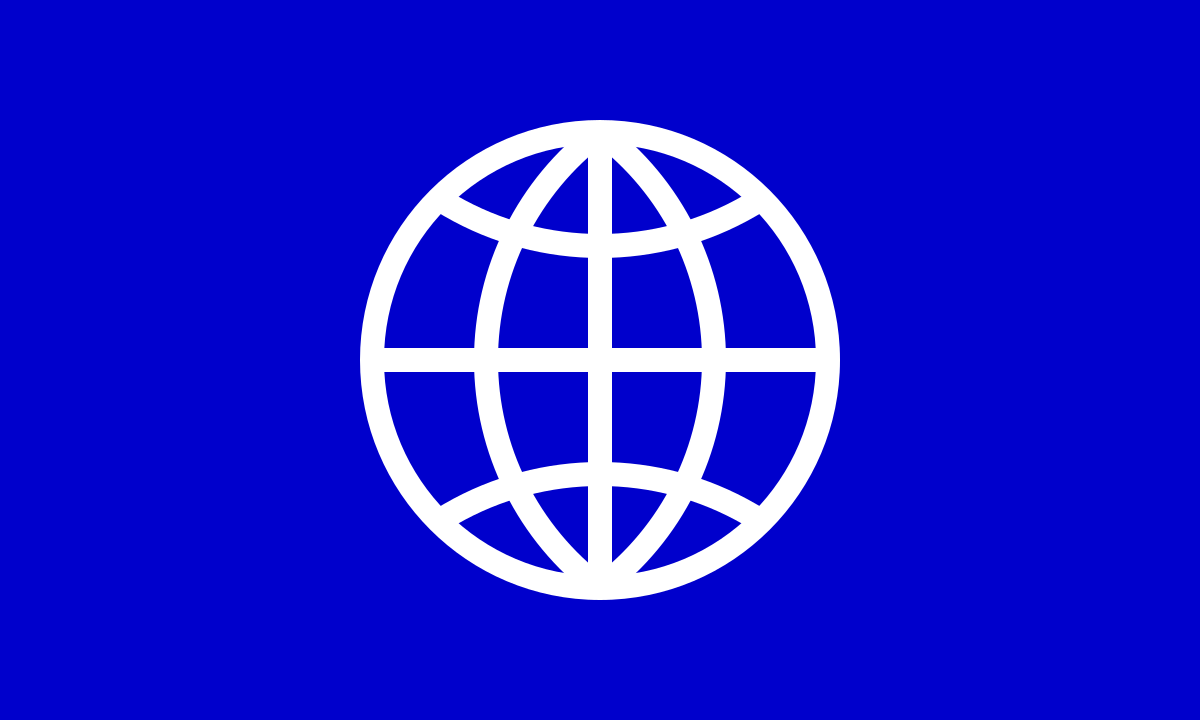 Global
Global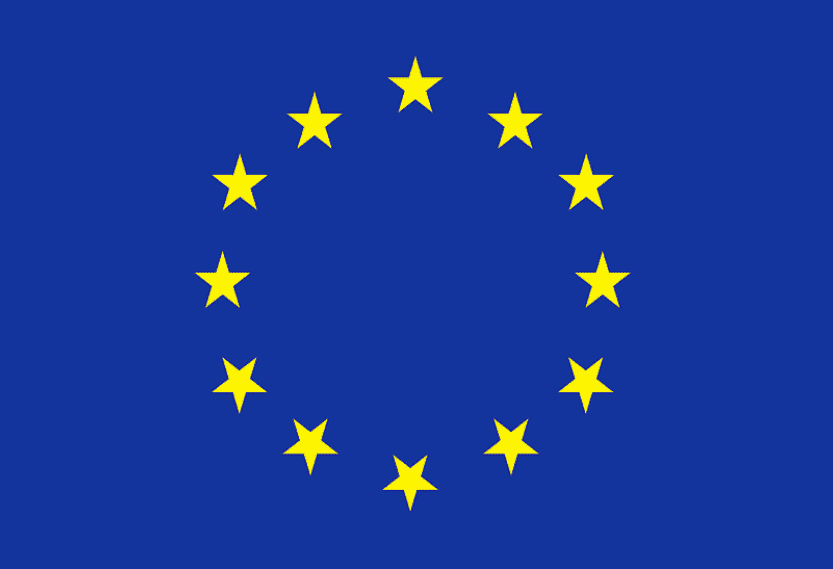 Europe
Europe